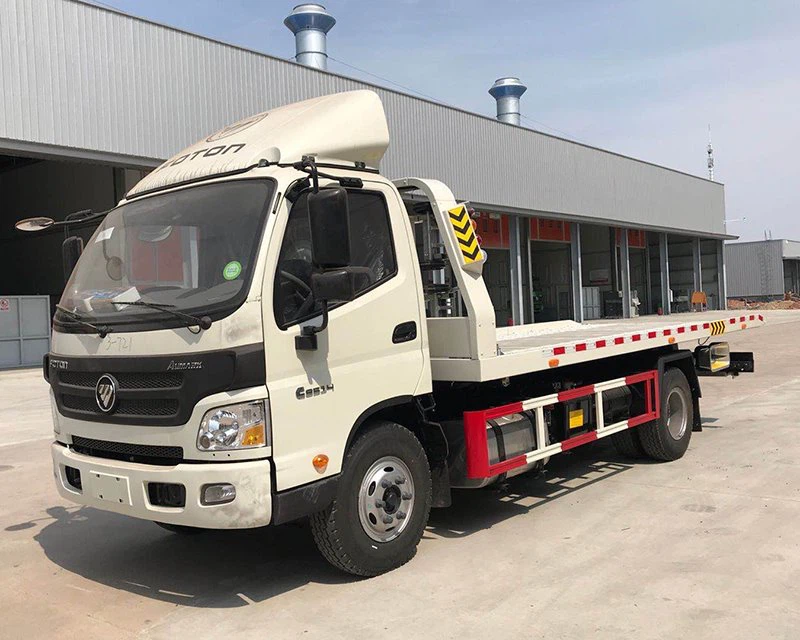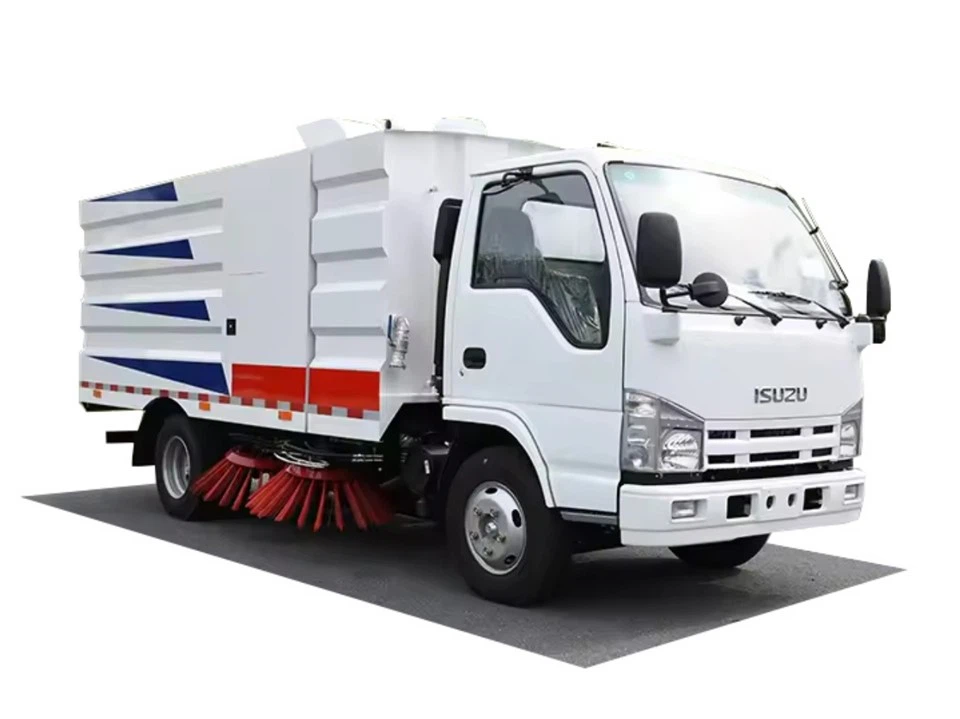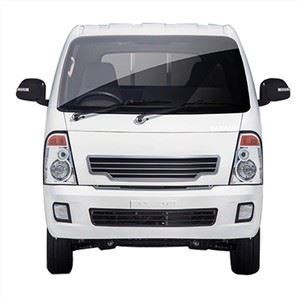Understanding Truck Cabin Types: A Comprehensive Guide

When it comes to choosing the right truck for your needs, understanding the different truck cabin types is crucial. Each cabin type offers unique features, catering to various preferences and practical requirements. This guide will explore the various truck cabin types, their advantages, disadvantages, and practical tips to help you make an informed decision.
1. Overview of Truck Cabin Types
Truck cabins can vary significantly depending on the intended use, the size of the truck, and manufacturer designs. The main types include:
- Day Cab
- Sleeper Cab
- Extended Cab
- Crew Cab
- Flatbed Cab
- Tipper Cab
2. Day Cab
Day cabs are primarily designed for short-haul transportation. Unlike other cab types, they do not have sleeping accommodations, making them ideal for local deliveries.
Characteristics of Day Cabs
- No sleeper berth
- Shorter wheelbase for maneuverability
- Typically lighter in weight
Advantages
- More fuel-efficient
- Better visibility due to compact design
- Easier to handle in urban settings
Disadvantages
- No sleeping accommodations for long trips
- Limited storage space for gear and supplies
3. Sleeper Cab
Sleeper cabs are designed for long-haul drivers who require overnight accommodations. These cabins include sleeping, storage, and sometimes additional amenities.
Characteristics of Sleeper Cabs
- Includes a small bed
- Storage compartments for personal items
- Usually larger than day cabs
Advantages
- Convenience of sleeping in the cab during long hauls
- More comfortable for long periods on the road
- Capable of carrying more gear due to added storage
Disadvantages
- Typically more expensive than day cabs
- Heavier, leading to lower fuel efficiency
4. Extended Cab
Extended cabs provide extra space compared to regular cabs but do not include a sleeper. They are often preferred by those who need additional seating and space for short trips.

Characteristics of Extended Cabs
- Additional seating or storage behind the front seats
- Short bed option for easier maneuverability
Advantages
- Increased passenger capacity
- Flexible for both transportation and cargo
Disadvantages
- Less comfortable for longer journeys compared to sleeper cabs
- Limited overall storage
5. Crew Cab
Crew cabs are designed with families or work crews in mind. They accommodate more passengers and are often used in construction or service industries.
Characteristics of Crew Cabs
- Four full-size doors for easy access
- Seating for five to six people
Advantages
- Ideal for transporting workers or family
- Spacious cabin for comfort
Disadvantages
- Longer length can make it harder to maneuver
- Decreased fuel efficiency compared to smaller cabs
6. Flatbed Cab
Flatbed cabs are designed for hauling goods that don’t fit into traditional trucks. They offer wide cargo space and flexibility.
Characteristics of Flatbed Cabs
- Flat, open cargo area
- Ideal for oversized loads
Advantages
- Easy loading and unloading
- Versatile for various types of cargo
Disadvantages
- Limited protection for cargo from weather
- Security concerns for valuable items
7. Tipper Cab
Tipper cabs are designed for transporting loose materials, such as sand, gravel, and construction debris. They have a bed that can tilt to unload cargo easily.
Characteristics of Tipper Cabs

- Hydraulically operated tipping mechanism
- Robust build for heavy loads
Advantages
- Efficient unloading process
- Customizable for different types of materials
Disadvantages
- Higher maintenance costs due to hydraulic components
- Limited use outside of transporting loose materials
8. Choosing the Right Cabin Type for Your Needs
Selecting the appropriate truck cabin type depends on your specific requirements. Here are some practical examples and tips:
Assessing Your Needs
- If you are involved in local deliveries and do not need to sleep in the truck, a day cab may be your best option.
- For long-distance haulers, consider a sleeper cab for comfort during overnight trips.
- If you often transport teams or crews, a crew cab would be most suitable.
Considering Load Types
| Load Type | Recommended Cabin Type |
|---|---|
| Local Deliveries | Day Cab |
| Long-Haul Transport | Sleeper Cab |
| Construction Materials | Tipper Cab |
| Oversized Loads | Flatbed Cab |
9. Maintenance Tips for Different Truck Cab Types
Regular maintenance is important for all truck types to ensure longevity and performance. Here are specific tips for maintaining various cabin types:
Day Cabs
- Regularly inspect the interior for cleanliness and damage.
- Check the air conditioning and heating systems frequently.

Sleeper Cabs
- Monitor the sleeping area for wear and tear.
- Maintain proper ventilation to prevent mold.
Extended and Crew Cabs
- Ensure that the extra seating areas are secure and free of debris.
- Inspect the doors and windows for proper functioning.
Flatbed and Tipper Cabs
- Inspect the load securing mechanisms regularly.
- Check for rust and damage on the cargo area.
10. Frequently Asked Questions (FAQs)
What is the difference between a day cab and a sleeper cab?
A day cab is designed for short hauls without sleeping accommodations, while a sleeper cab includes a sleeping area for long hauls.
Which truck cabin type is best for families?
The crew cab is typically the best option for families due to its extra seating and space.
Are flatbed trucks suitable for all types of cargo?
Flatbed trucks are versatile but not ideal for weather-sensitive or valuable items due to their open design.
How do I choose the right truck cabin for my business needs?
Assess your daily tasks, load types, and whether overnight accommodations are necessary to determine the best cabin type.
Is maintenance more costly for sleeper cabs than day cabs?
Maintenance costs can vary; however, sleeper cabs may incur higher costs due to additional features and wear associated with overnight use.
What are the advantages of a tipper cab over a traditional truck?
Tipper cabs provide an efficient unloading mechanism for loose materials, making them ideal for construction and landscaping industries.
